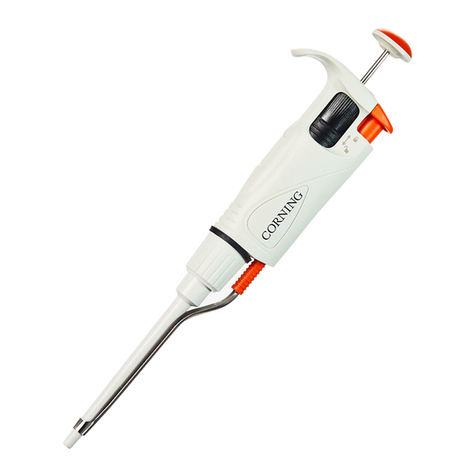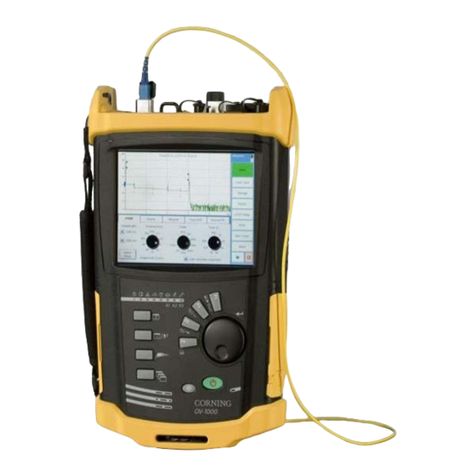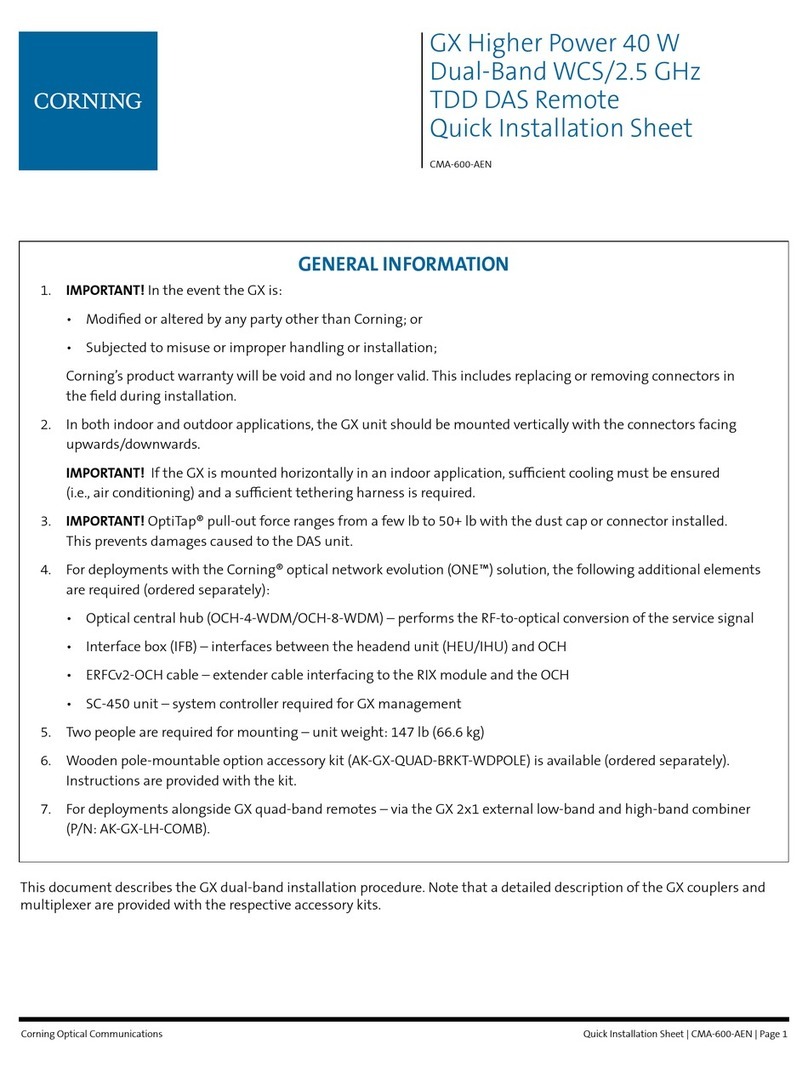
Program Menu (continued)
Choose three buffers (cal 1, cal 2, cal 3)
from the set for calibration. For ease of use,
set the buffers in the order that you will use
them.
For example: Set 1 (factory settings)
cal 1=7.000, cal 2=4.000 and cal 3=10.010
1.679 not selected.
These can be rearranged in any order
using ▲and ▼. Press
mode
to enter the
value and move on.
Press
read
to exit the Program Menu.
Concentration mode
You can select one of four preset slope
values for 1 point calibrations (c = 1, c = 2,
c = 3, c = 4). If␣ you are not sure of your
electrode type, or wish to do 2- (3, 4, 5)
point calibrations, do not select a slope as
the 315 will calculate the slope and use this
value rather than the factory setting.
c = 1 -59.2 mV/decade, e.g. for BF4
–, Br –,
Cl–, ClO4
–, F–, I–, NO2
–, NO3
–, SCN–
c = 2 -29.6 mV/decade, e.g. for CO3
2–, S2–
c = 3 +59.2 mV/decade, e.g. for Ag+, H+,
K+, Na+, NH4
+
c = 4 +29.6 mV/decade, e.g. for Ca2+,
Cd2+, Cu2+, Pb2+, WH2+
Select your required slope using ▲and ▼,
press
mode
to enter the value and move
on.
You can enter the isopotential point (in mV)
of your electrode. The range is –99 to
+99␣ mV. The 315 has a preset isopotential
point of 0 mV. Change the isopotential
point using ▲and ▼, press
mode
to enter
the value and move on.
You can set five concentration standards to
values of your choice, the range is 0.001 to
19999. For ease of use, set the standards in
the order that you will use them. Set the
values using ▲or ▼, press
mode
to enter
the value and move on.
For example, to set 500
Press ▲or ▼; the display shows 10000, the
10 will flash.
Press ▲or ▼to change the value to 0000
(no thousands), then press
mode
to
confirm. The value changes to 000.0, with
the first 0 (‘hundreds’) flashing.
Program Menu (continued)
Press ▲or ▼to change the ‘hundreds’ digit
until the display shows 500.0, then press
mode
to confirm. The ‘tens’ digit will flash.
Press
mode
until the display reads 500.0
with the ‘tenths’ digit flashing, then press
mode
again to enter value.
For example, to set 0.5
Press ▲or ▼; the display shows 10000, the
10 will flash.
Press ▲or ▼to change the value to 0000
(no thousands), then press
mode
to
confirm. The value changes to 000.0, with
the first 0 (‘hundreds’) flashing.
Press
mode
until the display reads 0.000,
with the ‘tenths’ digit flashing.
Press ▲or ▼to change the ‘tenths’ digit
until the display shows 0.500, then press
mode
to confirm. The ‘hundredths’ digit
will flash.
Press
mode
again, the display reads 0.500
with the ‘thousandths’ digit flashing, press
mode
again to enter value.
Select concentration units from the
following list: blank (no units), ppm, mg/g,
mol/L, mmol/L, g/L, mg/L, eq/L, meq/L, %,
ppt. The 315 is preset to blank (no units).
Use ▲or ▼to change units, press
mode
to enter the units and move on
Press
read
to exit the Program Menu.
Buffer Tables
The 315 automatically corrects pH buffers for
temperature using the values shown in the table.
1.679 4.000 4.010 6.860 7.000 9.180 9.210 10.010
5°C 1.668 4.000 4.010 6.950 7.090 9.390 9.450 10.250
10°C 1.670 4.000 4.000 6.920 7.060 9.330 9.380 10.180
15°C 1.672 4.000 4.000 6.900 7.040 9.270 9.320 10.120
20°C 1.675 4.000 4.000 6.880 7.020 9.220 9.260 10.060
25°C 1.679 4.000 4.010 6.860 7.000 9.180 9.210 10.010
30°C 1.683 4.010 4.010 6.850 6.990 9.140 9.160 9.970
35°C 1.688 4.020 4.020 6.840 6.980 9.100 9.110 9.930
40°C 1.694 4.030 4.030 6.810 6.980 9.070 9.060 9.890
45°C 1.700 4.040 4.040 6.830 6.970 9.040 9.030 9.860
50°C 1.707 4.060 4.060 6.830 6.970 9.010 8.990 9.830
cal 1
cal 2
cal 3
c = 1
ISo.Pt.
cal 1 to
cal 5
conc



































